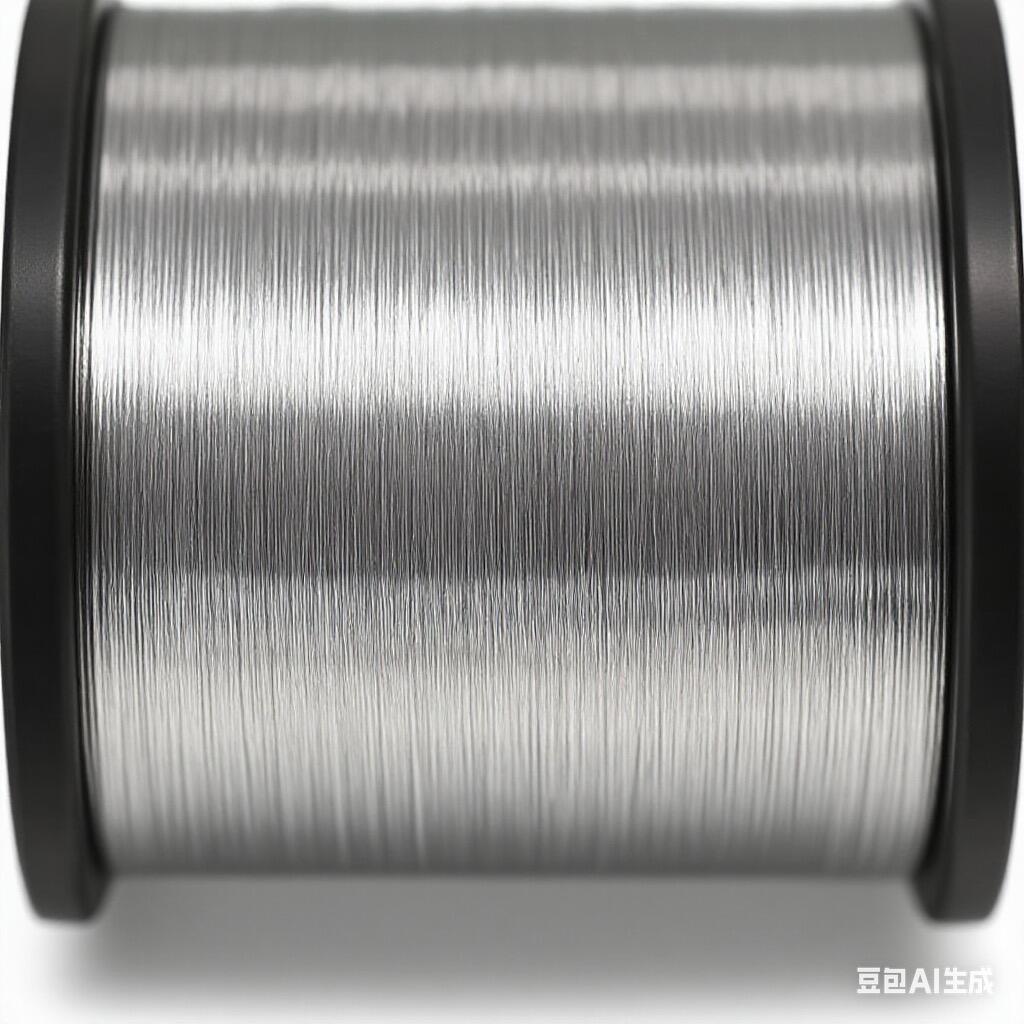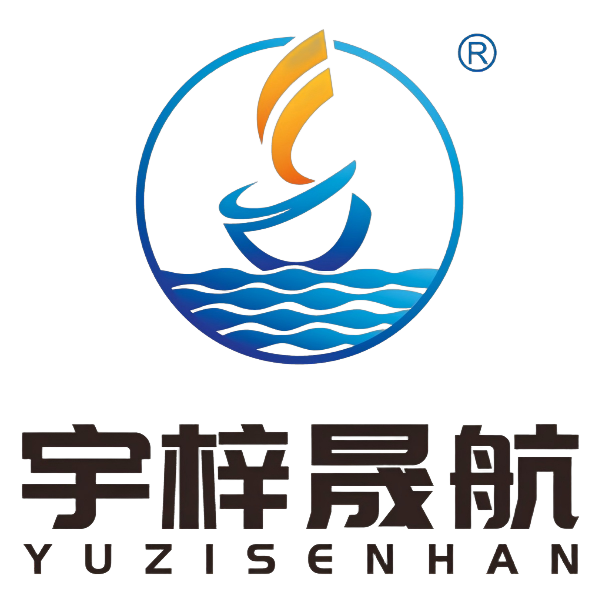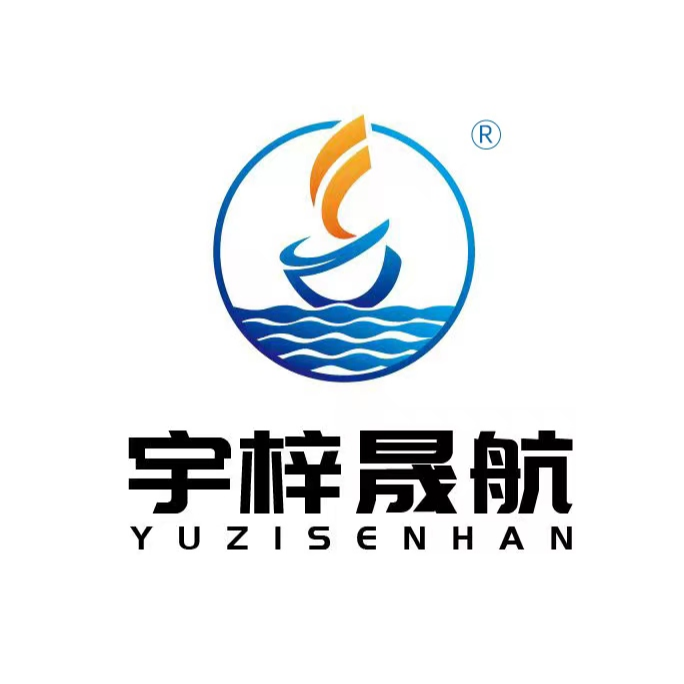Understanding the Superior Properties of Advanced Metal Alloys
In the world of metallurgy and industrial applications, aluminum magnesium alloy wire has emerged as a groundbreaking material that combines strength, lightness, and exceptional durability. This innovative alloy represents a perfect fusion of two versatile metals, creating a product that exceeds the individual properties of its components. The unique composition offers remarkable benefits across multiple industries, from aerospace to marine applications, where long-term performance is crucial.
The integration of magnesium into aluminum creates a synergistic effect that enhances the wire's overall characteristics. This combination results in improved mechanical properties, superior corrosion resistance, and outstanding thermal stability. As industries continue to seek materials that can withstand demanding conditions while maintaining their structural integrity, aluminum magnesium alloy wire stands out as a reliable solution.
Composition and Manufacturing Excellence
Chemical Structure and Material Properties
The precise balance of aluminum and magnesium in the alloy is critical for achieving optimal performance. Typically, aluminum magnesium alloy wire contains magnesium content ranging from 2% to 5%, carefully calibrated to enhance specific properties. This composition creates a material that exhibits excellent strength-to-weight ratio, making it ideal for applications where weight reduction is essential without compromising structural integrity.
The molecular structure of the alloy creates a unique lattice arrangement that contributes to its superior mechanical properties. When magnesium atoms are introduced into the aluminum matrix, they form intermetallic compounds that strengthen the overall material while maintaining its ductility and workability.
Advanced Manufacturing Processes
The production of high-quality aluminum magnesium alloy wire involves sophisticated manufacturing techniques. The process begins with careful selection of raw materials, followed by precise melting and alloying procedures. Advanced extrusion and drawing processes ensure uniform composition and optimal mechanical properties throughout the wire's cross-section.
Quality control measures during manufacturing include continuous monitoring of temperature, drawing speed, and dimensional accuracy. These parameters are crucial for producing aluminum magnesium alloy wire that meets stringent industry specifications and maintains consistent performance characteristics.
Enhanced Durability Features
Corrosion Resistance Mechanisms
One of the most remarkable attributes of aluminum magnesium alloy wire is its exceptional resistance to corrosion. The presence of magnesium enhances the formation of a protective oxide layer that shields the wire from environmental degradation. This self-healing oxide film continuously regenerates when damaged, providing lasting protection against various corrosive elements.
In marine environments, where corrosion is a significant concern, aluminum magnesium alloy wire demonstrates superior performance compared to traditional materials. The alloy's natural resistance to saltwater and humid conditions makes it an ideal choice for maritime applications and coastal installations.
Mechanical Strength and Stability
The mechanical properties of aluminum magnesium alloy wire contribute significantly to its long-term durability. The material exhibits high tensile strength while maintaining excellent flexibility, allowing it to withstand mechanical stress and vibration without failing. This combination of strength and elasticity makes it particularly suitable for applications involving repeated loading and unloading cycles.
Temperature variations pose minimal impact on the wire's structural integrity, as the alloy maintains its mechanical properties across a wide range of operating conditions. This thermal stability ensures reliable performance in both extreme cold and elevated temperature environments.

Industrial Applications and Performance
Aerospace and Aviation Implementation
The aerospace industry has embraced aluminum magnesium alloy wire for its exceptional characteristics. In aircraft construction, the material's high strength-to-weight ratio translates to fuel efficiency without compromising safety. The wire's resistance to fatigue and ability to maintain structural integrity under varying atmospheric conditions makes it ideal for both internal and external aircraft components.
Satellite manufacturers also utilize aluminum magnesium alloy wire in space applications, where the material's stability in extreme temperature conditions and resistance to radiation exposure prove invaluable. The wire's reliability in these demanding environments has established it as a preferred choice for critical aerospace systems.
Marine and Coastal Applications
In marine environments, aluminum magnesium alloy wire demonstrates its superior durability through extended service life and minimal maintenance requirements. The material's natural resistance to saltwater corrosion makes it particularly valuable for marine electrical systems, rigging components, and structural applications in shipbuilding.
Coastal infrastructure projects benefit from the wire's ability to withstand harsh environmental conditions while maintaining its structural and electrical properties. From port facilities to offshore platforms, the implementation of aluminum magnesium alloy wire has resulted in significant improvements in long-term reliability and reduced maintenance costs.
Future Developments and Innovations
Research and Development Trends
Ongoing research in metallurgy continues to explore new possibilities for enhancing the properties of aluminum magnesium alloy wire. Scientists and engineers are investigating novel manufacturing techniques and compositional variations to further improve the material's performance characteristics. Advanced surface treatments and coating technologies are being developed to extend the wire's capabilities in specialized applications.
The integration of nanotechnology in alloy development shows promising results for creating next-generation materials with even better durability and performance properties. These innovations could lead to aluminum magnesium alloy wire variants with unprecedented levels of strength and corrosion resistance.
Emerging Market Applications
As industries evolve and new technologies emerge, aluminum magnesium alloy wire finds applications in increasingly diverse sectors. The renewable energy industry, particularly wind and solar power installations, is adopting the material for its reliability and longevity. Electric vehicle manufacturers are exploring its potential for lightweight wiring solutions that contribute to improved vehicle efficiency.
The construction industry is discovering new applications for aluminum magnesium alloy wire in modern architectural designs, where its combination of strength, lightness, and durability offers unique advantages. These emerging applications continue to drive innovation in alloy development and manufacturing processes.
Frequently Asked Questions
What makes aluminum magnesium alloy wire more durable than traditional materials?
Aluminum magnesium alloy wire combines the lightweight properties of aluminum with the strength-enhancing characteristics of magnesium. The resulting material features superior corrosion resistance, high tensile strength, and excellent thermal stability. The unique molecular structure and self-healing oxide layer contribute to its extended service life and reliability in demanding environments.
How does temperature affect the performance of aluminum magnesium alloy wire?
The alloy maintains its mechanical properties across a wide temperature range, showing minimal degradation in both extremely cold and hot conditions. This thermal stability makes it suitable for applications where temperature fluctuations are common, such as aerospace and outdoor installations.
What are the environmental benefits of using aluminum magnesium alloy wire?
The material's durability reduces the need for frequent replacement, minimizing waste and resource consumption. Its lightweight nature contributes to energy efficiency in transportation applications, and both aluminum and magnesium are recyclable metals, supporting sustainable manufacturing practices and circular economy principles.




